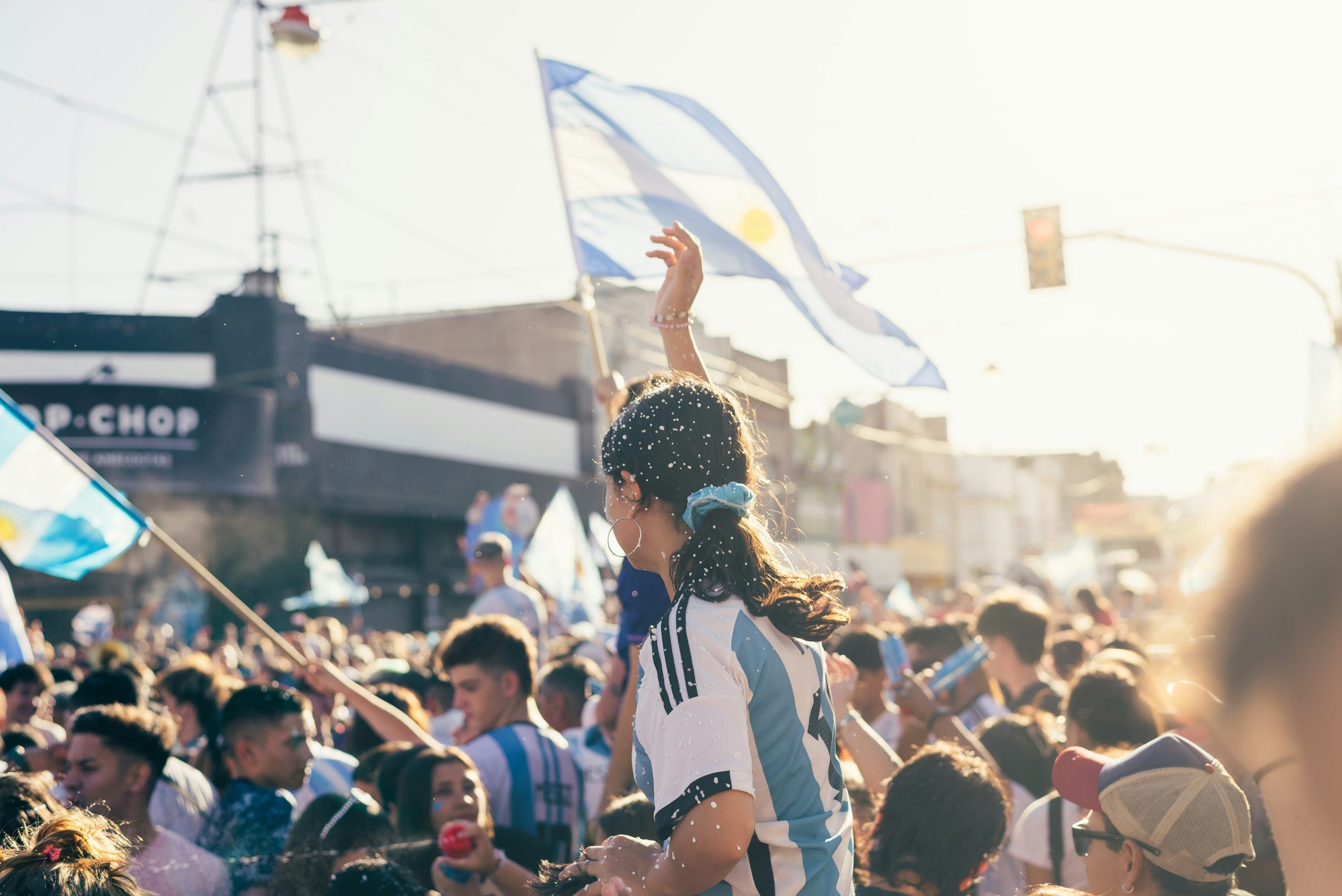Written by Mike McNeive
The Women’s World Cup is just around the corner, kicking off in less than 50 days – co-hosted by Australia and New Zealand. Ordinarily, the pre-tournament discourse centres around squad announcements, player fitness and excited fans looking forward to the pinnacle of the sport for many of these athletes. However, this year there’s an outstanding issue looming large, filling social feeds and sports pages – the tournament TV rights.
There is still an ongoing debate surrounding tournament organisers FIFA, and the bids submitted by 5 European broadcasters for the rights to air the tournament. According to BBC, the reported bids came in substantially lower than those for the recent Men’s World Cup, and FIFA president Gianni Infantino has interestingly both; threatened a European blackout, and described the bids as “a slap in the face” of players, and of “all women worldwide”.
While the reported bids fall short of the FIFA president’s valuation, it would be a massive shame if the women’s game, which is experiencing tremendous growth, with the last World Cup (According to Fifa’s data, 1.12 billion people watched the 2019 Women’s World Cup in France) and European Championship (A record global audience of 365 million watched last summer’s Euro 2022 in England) breaking records for viewership, was not readily available for all fans to watch.
As football fans, we have had recent run-ins with the business behind the sport threatening to dilute the beautiful game, such as the recent proposal for the European Super League, for example. We can’t let the highest (or lowest level) of the beautiful game be sullied by negotiating tactics of those in boardrooms. What matters most is – what happens on the pitch.
Sometimes, football needs protecting from itself, and there seems to be an opportunity in this particular situation. Audiences and media are changing. The big television networks can’t always be trusted to step-up and make the right decisions. After all, they’re losing their audience everyday, particularly younger viewers, who are increasingly gravitating to social media for their entertainment. Ofcom released data last year stating that Viewers aged between 16 and 24 spend just 53 minutes a day on average watching traditional broadcast TV – a fall of two-thirds over the last decade – seven times less than those aged 65 and over.
For women’s football and women’s sport in general, it’s time for brands to put their money where their mouth is, and step in as a sponsor/patron/champion, ensuring that every young fan gets to see their heroes represent their country. Perhaps it is necessary for a brand to do the job of the governing body – who outline their mission as “truly globalise, popularise and democratise football for the benefit of the entire world.”, and the national broadcasters – who aren’t blameless in this situation either.
While this opportunity may be too large, or too soon for a singular brand to do something like co-host the tournament (earning great visibility, and credibility in the space, through ensuring the Women’s World Cup, gets the eyeballs it so deserves), it should put brands on notice for similar opportunities that present themselves in the future.
The support of brands has been paramount in the strides women’s football has made recently, sponsors providing the necessary funding to begin closing the gap between the men and women’s game, in terms of pay, facilities, and professionalism. These are the rare and authentic opportunities brands in the space should be targeting – their brand responsible for connecting football and fans in the purest form, in providing these amazing athletes the platform to showcase their skills and inspire the next generation.






